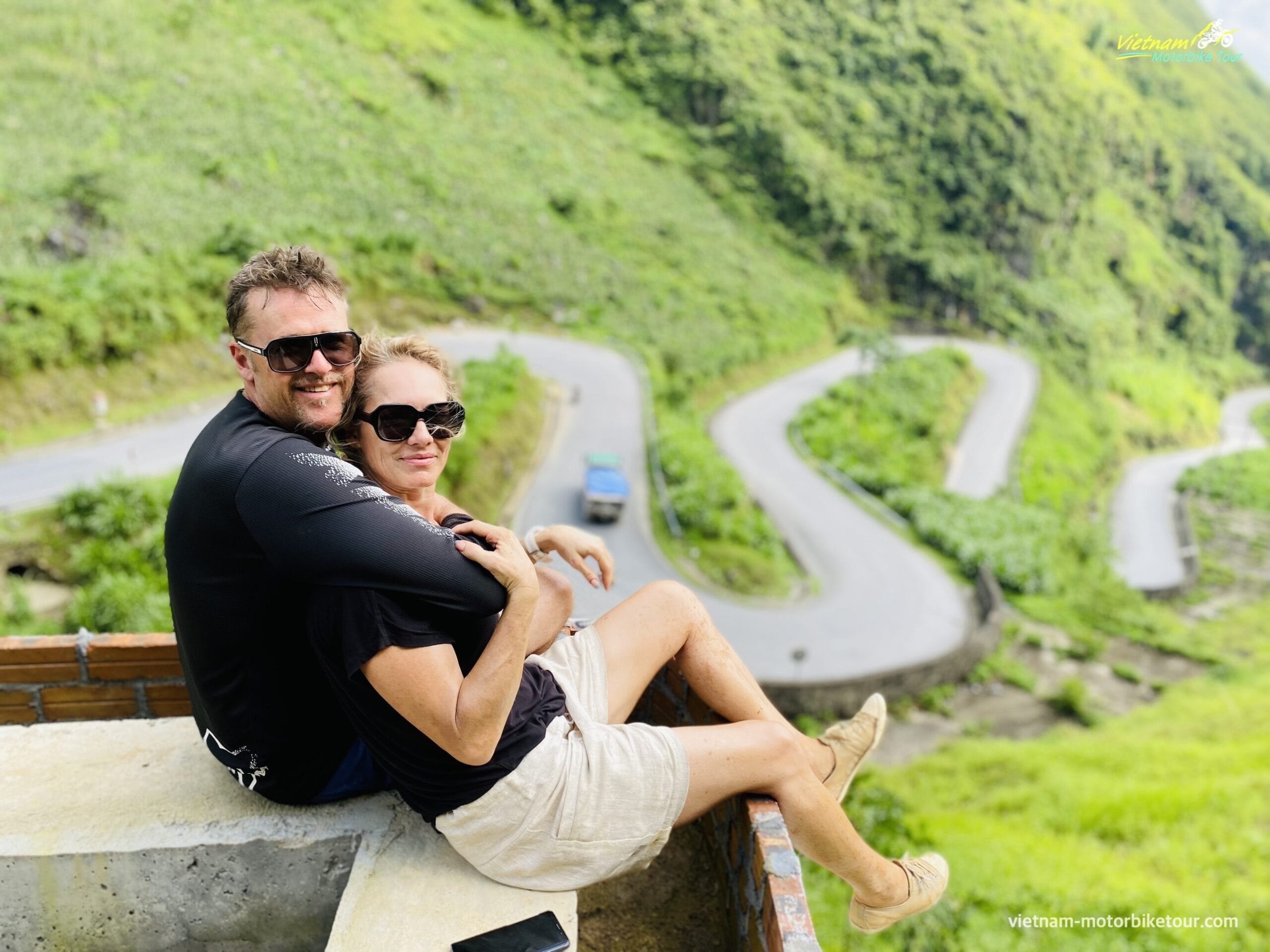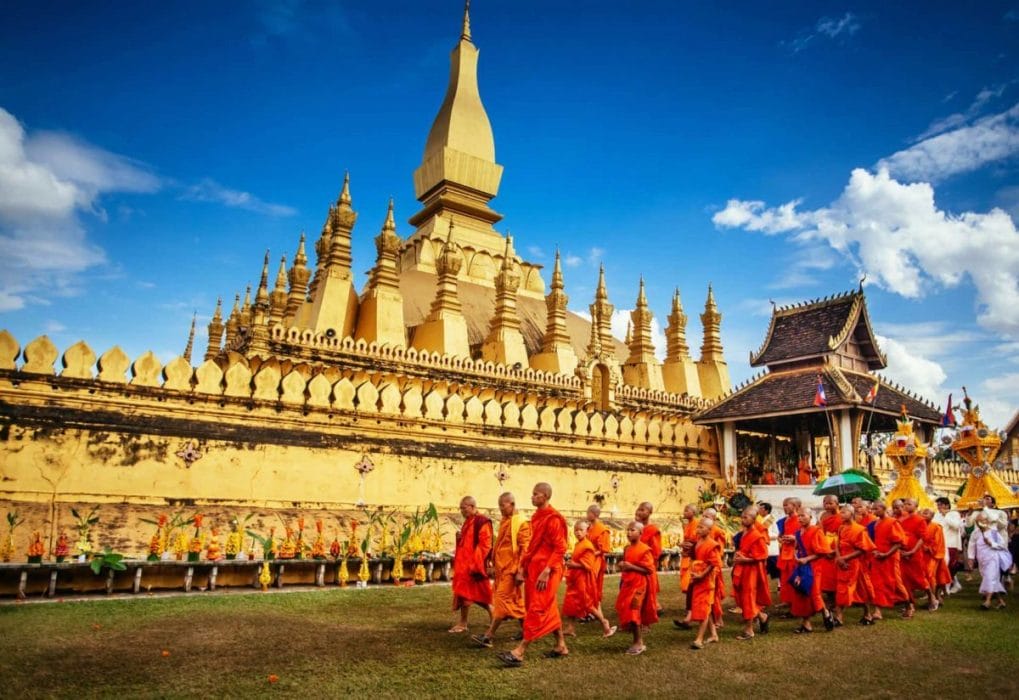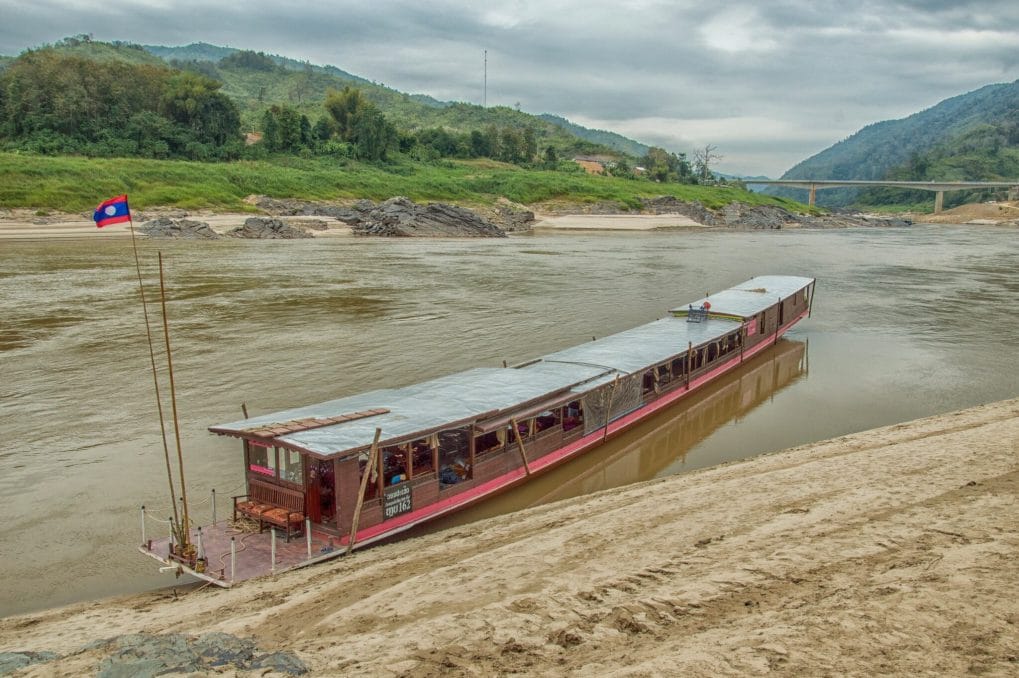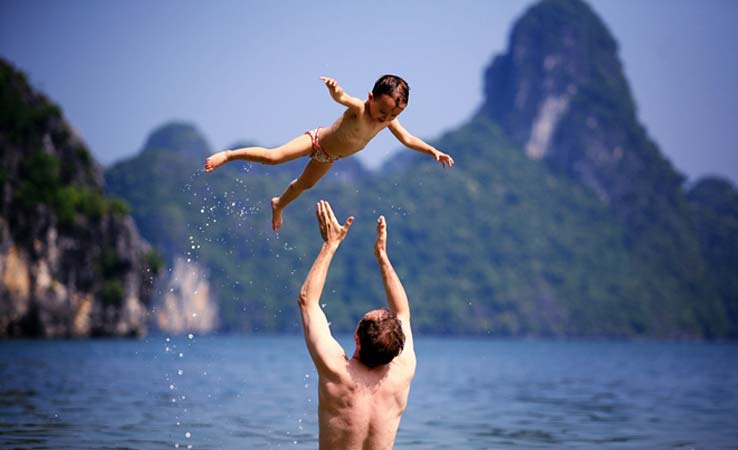Northern Vietnam, with its diverse landscapes and rich cultural tapestry, offers travelers a unique experience in every season. Understanding the best time to visit Northern Vietnam can enhance your journey, ensuring you witness the region’s beauty at its peak.

Understanding Northern Vietnam’s Climate
Northern Vietnam experiences four distinct seasons: spring, summer, autumn, and winter. Each season brings its own charm and challenges, influencing travel plans and activities.
Spring (March to April)
Spring is a delightful time in Northern Vietnam. The weather is mild, with temperatures ranging from 15°C to 25°C. This season is characterized by blooming flowers, especially in regions like Sapa and Moc Chau. It’s an ideal period for trekking and exploring the countryside.
Summer (May to August)
Summer brings warmer temperatures, often exceeding 30°C, accompanied by high humidity and frequent rain showers. While the landscapes are lush and vibrant, the heat can be intense, making outdoor activities more challenging. However, this season is perfect for visiting coastal areas like Cat Ba Island.
Autumn (September to November)
Autumn is arguably the best time to visit Northern Vietnam. The weather is cool and dry, with temperatures between 20°C and 28°C. The countryside transforms with golden rice terraces, especially in regions like Mu Cang Chai. This season is ideal for photography, trekking, and cultural festivals.
Winter (December to February)
Winter in Northern Vietnam is characterized by cooler temperatures, sometimes dropping below 10°C in mountainous areas. While the weather is dry, fog can be prevalent, especially in regions like Sapa. This season offers a unique perspective of the region’s landscapes, with fewer tourists and a serene ambiance.
Top Destinations by Season
Spring Highlights
-
Hanoi: Experience the city’s vibrant festivals and blooming flowers.
-
Sapa: Witness the terraced fields come alive with new crops.
Summer Escapes
-
Cat Ba Island: Enjoy the beaches and explore Lan Ha Bay.
-
Ninh Binh: Navigate through the limestone karsts and rivers.
Autumn Adventures
-
Mu Cang Chai: Capture the golden rice terraces.
-
Ha Giang: Embark on motorbike tours through winding mountain roads.
Winter Wonders
-
Mai Chau: Experience the tranquil countryside and local homestays.
-
Lang Son: Explore the border city’s markets and caves.
Tips for Travelers
Our Best Selling Tours:
-
Festivals: Plan your visit around local festivals like Tet (Lunar New Year) for a cultural immersion.
-
Packing: Bring layers, especially during spring and autumn, as temperatures can vary.
-
Bookings: Autumn is a popular season; ensure accommodations and tours are booked in advance.
FAQs
Q: What is the rainy season in Northern Vietnam?
A: The rainy season typically spans from May to August, with July and August experiencing the highest rainfall.
Q: Is it safe to travel during the rainy season?
A: While travel is possible, be prepared for sudden downpours and potential travel delays.
Q: When is the peak tourist season in Northern Vietnam?
A: Autumn (September to November) is the peak season due to favorable weather and scenic landscapes.
Q: Are there any festivals in spring?
A: Yes, Tet (Lunar New Year) usually falls between late January and February, marking the beginning of spring.
Embark on an unforgettable journey through Northern Vietnam’s enchanting landscapes and vibrant cultures.
Book your adventure to Vietnam today and experience the magic firsthand!














